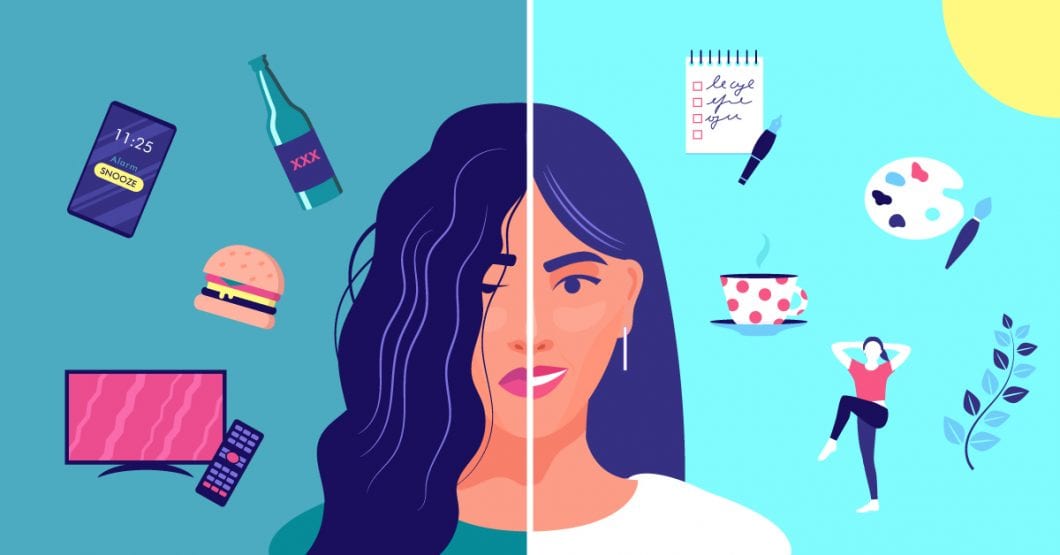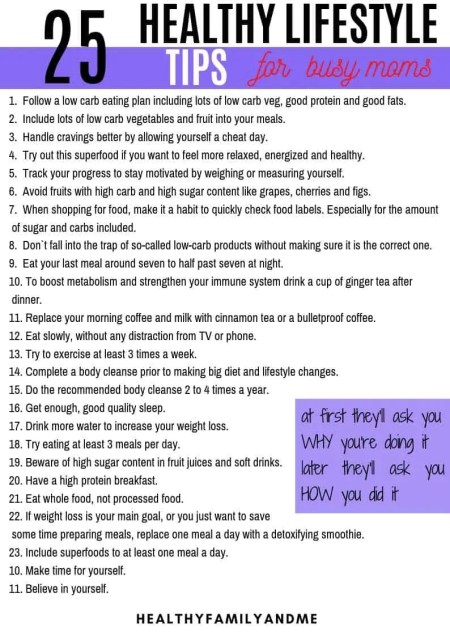
Although you've likely seen a BMI chart before you might not be familiar with it. BMI charts are visual representations of height and weight. It provides a visual representation of a person's weight range and helps you make informed decisions about how much you should be weighing. The chart shows a person's height and weight in relation to their height and age. This is a quick way to calculate your BMI.
Look at the BMI chart and find your weight in pounds. Then, measure your height in feet and inches. Your BMI will be displayed on the chart. If your BMI exceeds 245, the first chart is recommended. The second chart is for those with a BMI greater than 245. The BMI chart's shaded areas indicate that you are overweight. If you are in the 30s or more, you will be in class 1. You're likely in class two if your BMI is between 35 and 39.9. If your age is over 40, then you are considered obese. The second should be used if you fall between these two categories.

BMI isn't a scientific method. Although it is imperfect, it provides an accurate indicator of healthy weight. Although it's not perfect, it is a good tool to help you make healthy decisions about your weight and health. A BMI chart can help identify if you are obese or overweight.
For people with difficulty using the calculator, a BMI chart can be helpful. BMI calculations do NOT take into account gender, sex, and pregnancy. Therefore, you might need adjust the numbers to meet your individual needs. BMI is just one factor to consider. However, you must use the calculator to make informed decisions. It's important to make informed choices.
Remember that a higher BMI means you are more likely than others to get sick. The BMI chart is an excellent way to track your weight and height. It is useful in tracking your progress throughout time. You can use a BMI chart to determine your weight and plan for exercise. Get a BMI chart from your doctor if you have any doubts.

Parents can use a BMI chart as a valuable tool. Although the BMI for children may differ from that of adults, it is still an excellent tool to help parents get a general idea regarding your child's weight. A healthy BMI is between 18.5-24.9 for women and 18.5-24.9 for men. For women, the healthy weight is between 18.5-24.9. For a pregnant woman, her pre-pregnancy BMI can be used to calculate the amount of weight she'll gain during her pregnancy.
FAQ
What are 10 healthy habits?
-
Eat breakfast every day.
-
Don't skip meals.
-
Maintain a balanced diet.
-
Get lots of water.
-
Take care to your body.
-
Get enough sleep.
-
Stay away from junk foods.
-
Do some type of exercise daily.
-
Have fun
-
Make new friends.
What is the problem?
BMI is the acronym for Body Mass Index. It measures body fat based upon height and weight. Here is how to calculate BMI using the following formula.
Weight in kilograms divided with height in meters.
The result is expressed in a number between 0 - 25. Scores of 18.5 and higher indicate overweight, while scores of 23 and higher indicate obesity.
A person who weighs 100 kilograms and is 1.75m tall will have an BMI of 22.
What should my diet consist of?
Eat lots of fruits and vegetables. They contain vitamins and minerals which help keep your immune system strong. Fruits and veggies are also high in fiber, which makes them filling and helps with digestion. You should eat at least five servings per day of fruit or veg.
Make sure you drink plenty of water too. Water flushes toxins out of the body and helps to feel full between meals. Drink about eight glasses each day.
Consume whole grains and not refined. Whole grains have all the nutrients they need, including B vitamins. Refined grains have been stripped of some of their nutrition.
Avoid sugary beverages. Sugary drinks can be a source of empty calories, which can lead to obesity. Instead, choose water, milk, and unsweetened tea.
Avoid fast food. Fast food lacks nutritional value. You won't get the energy you need to function well, despite how delicious it may be. Instead, stick to healthier options such salads and soups as well sandwiches and pasta.
Try to limit alcohol intake. Avoid alcohol as it can cause empty calories and poor nutrition. Limit yourself to no more than two alcoholic beverages a week.
Red meat consumption should be reduced. Red meats are high in saturated fat and cholesterol. You should choose lean cuts like beef, pork lamb, chicken and fish instead.
What is the best food for me?
Many factors influence which diet is best for you. These include your age, gender and weight. Consider how much energy and low-calorie foods you consume, as well as whether or not you are a fan of fruits and vegetables.
Intermittent fasting may be a good choice if you want to lose weight. Intermittent fasting allows you to consume only certain meals per day, instead of eating three large meals. This approach may prove to be more beneficial than traditional diets that have daily calorie counts.
Research suggests that intermittent fasting may increase insulin sensitivity and lower inflammation. This can result in a reduction in blood sugar levels and a reduced risk of developing diabetes. Other research suggests that intermittent fasting may promote fat loss and improve overall body composition.
What is the best way to live a healthy lifestyle?
Living a healthy lifestyle is one that encourages you to eat well, exercise regularly, get enough sleep, and avoids stress. These guidelines will help you live a long, healthy life.
It's easy to start small with your exercise and diet. To lose weight, you can start walking for 30 mins each day. Or, if you want to get more active, take up swimming or dancing. You can also sign up for an online fitness program, such as Strava and Fitbit. This will track your activity.
What is the difference between a calorie or a kilocalorie.
Calories refer to units that are used for measuring the energy in food. A calorie is a unit of measure. One calorie contains the energy needed to raise the temperature of one gram of water by one degree Celsius.
Kilocalories refer to calories in another term. Kilocalories can be measured in thousandsths of one calorie. 1000 calories are equal to one kilocalorie.
Statistics
- In both adults and children, the intake of free sugars should be reduced to less than 10% of total energy intake. (who.int)
- According to the 2020 Dietary Guidelines for Americans, a balanced diet high in fruits and vegetables, lean protein, low-fat dairy and whole grains is needed for optimal energy. (mayoclinichealthsystem.org)
- WHO recommends reducing saturated fats to less than 10% of total energy intake; reducing trans-fats to less than 1% of total energy intake; and replacing both saturated fats and trans-fats to unsaturated fats. (who.int)
- WHO recommends consuming less than 5% of total energy intake for additional health benefits. (who.int)
External Links
How To
Ten tips for a healthy lifestyle
How to live a healthy life
We live in a fast world where we don't get enough sleep, eat too much, drink too much alcohol and smoke cigarettes. We don't take care of our body's health properly.
It can be very difficult for someone who works full-time to have a healthy diet. It becomes even harder if you are stressed out because your mind tells us that we cannot handle this situation anymore so we start feeling guilty and give up.
You may feel that something is not right with your body. Seek out a doctor to discuss your current health condition. If there is nothing abnormal, then it might just be stress from your job.
Some people believe that their job allows them to exercise regularly, or that they have friends who support them in staying fit. But those people are actually lucky. These people don't have any difficulties. They have everything under control. I wish everyone could become like them. Unfortunately, most of us don't know how to balance our work life and personal life. Many people have bad habits that lead to illnesses such as heart disease and diabetes.
Here are some tips that might help you to improve your lifestyle:
-
You should get 7 hours of sleep per night minimum and 8 hours maximum. This includes proper sleeping positions and avoiding caffeine during the last hour before going to bed. Caffeine blocks melatonin, which can make it difficult for you to fall asleep. Also, make sure that your bedroom is clean and dark. You should use blackout curtains if possible, especially if your work is late at night.
-
Good nutrition is key to a healthy lifestyle. Avoid sugary foods, fried foods, processed foods, and white breads. Try to include whole grains, fruits, and vegetables for lunch. Afternoon snacks are recommended to be rich in protein and fiber, such as nuts, seeds, beans, fish and dairy products. Avoid unhealthy snacks such as chips, candies or cookies, cakes, sodas, and other sweets.
-
Get plenty of water. Most people don't drink enough. Water can help us burn more calories, keep our skin supple and young, flush out toxins and improve our digestion. You will lose weight faster if you drink six glasses of liquid daily. You can determine how hydrated you are by examining the color of your urine. Yellow means dehydrated; orange means slightly dehydrated; pink means normal; red means overhydrated; and clear means highly-overhydrated.
-
Exercise - Regular exercise has been shown to reduce depression and increase energy levels. Walking is an easy workout that can also improve your mood. Even though it may look easy, walking requires focus and concentration. Walking requires your brain to be focused on the task at hand, and you need to breathe slowly and deeply. A 30 minute walk at a moderate pace for about 100 calories can burn between 100-150 calories. Slowly build up and start slow. To prevent injuries, be sure to stretch after exercising.
-
Positive thinking is crucial for mental health. Positive thinking can create a happy atmosphere within us. Negative thoughts can drain energy and cause anxiety. To stay motivated, try to think about the things that you want to accomplish. You don't have to take on all of the new tasks at once. Break them down into smaller tasks. Be aware that you will fail at times, but don't despair. Just get back up and start over.
-
It is important to learn how to say no. We are often so busy, that we don't realize how much time we spend on unimportant tasks. It is important you can say no when it is necessary. It is not rude to say 'no'. Simply saying "No" does not mean you are rude. You will always find a way to complete the task later. Set boundaries. Ask for help. This work can be delegated to someone else.
-
Take care of yourself - Pay attention to your diet. You can boost your metabolism by eating healthier foods. You should avoid eating too many oily and heavy foods, as they tend to increase cholesterol. Good advice is to eat three meals and 2 snacks each day. Aim to consume 2000-2500 calories each day.
-
Meditate - Meditation can reduce stress and anxiety. The best way to let your mind relax is to just sit still, with your eyes closed. This will help you make better decisions. Meditation regularly can make you happier and more calm.
-
Breakfast is the most important meal in the day. Skipping breakfast may lead to overeating during lunchtime. It is never too late, so long as you eat your breakfast within one hour of getting up. Eating breakfast increases your energy level and helps you to control your hunger.
-
Clean eating is key to a happy mood. Avoid junk food and food that contains artificial ingredients or preservatives. These products keep your body acidic and trigger cravings. A variety of fruits and vegetables is rich in vitamins, minerals and other nutrients that can help improve overall health.